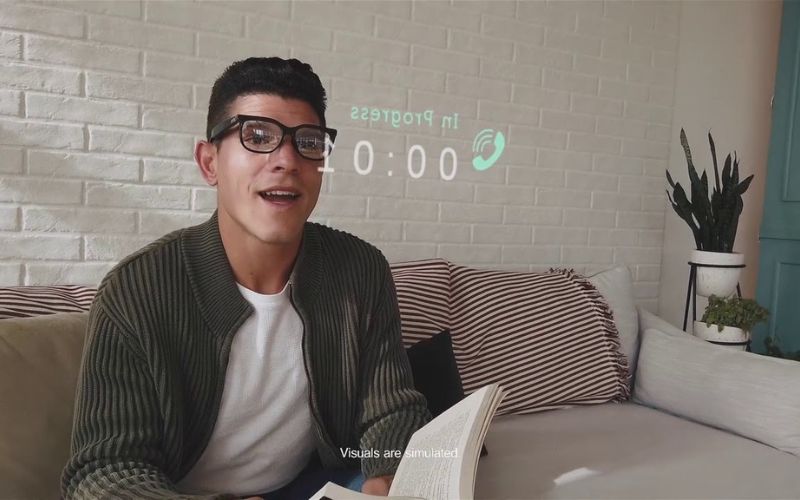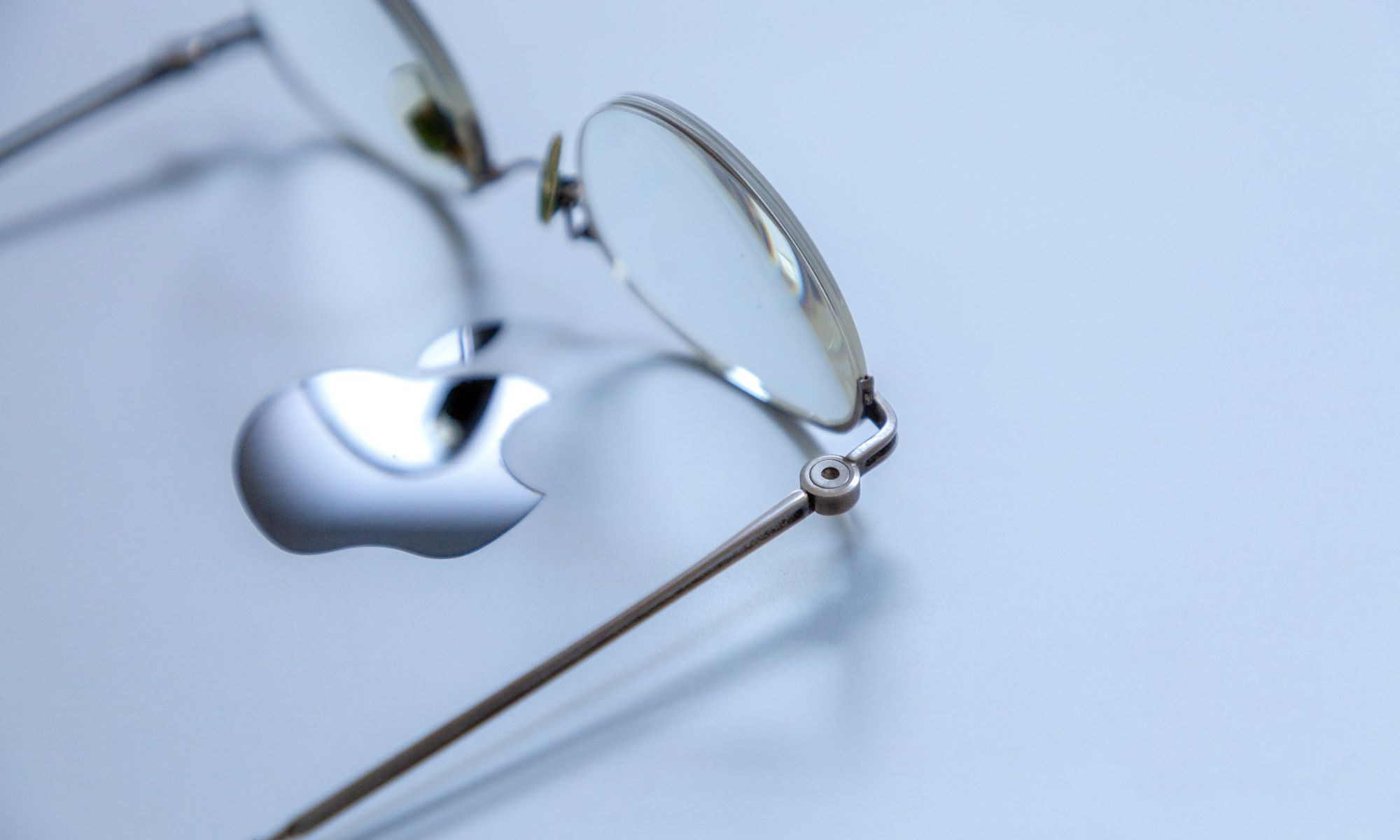Tim Cook’s obsession with AR glasses might be Apple’s boldest move yet. Are we about to see wearable tech like never before?
Earlier in April, I wrote that Apple is working on a couple of new Vision Pro headsets. But that’s not all—they’re also figuring out some cool ways to use the tech, like a super impressive virtual 5K monitor feature. The company is definitely making moves, and guess what? Apple’s AR glasses are still in the picture. Tim Cook has made it clear—he wants to deliver true augmented reality before stepping down. In September 2021, Mr. Cook even called himself “AR fan number one.” So, what’s the latest on the development, and what can we expect?
I see big potential for AR in all sorts of fields. Especially if the Cupertino giant can make the headset small enough to look like regular glasses. There are already some gadgets, like Norm Glasses, that offer lightweight, stylish headsets for making calls and watching media. Others let you game without needing a smartphone. But with Apple, you can always expect something more.
Apple AR glasses release date

Mr. Cook’s had one big goal for over a decade now, and he’s still all-in on it. What the Apple CEO really want is a pair of AR glasses that feel like regular ones. Light enough to wear all day and smart enough to overlay digital stuff on top of the real world.
“Tim cares about nothing else,” says Mark Gurman, quoting someone close to the situation. “It’s the only thing he’s really spending his time on from a product development standpoint.”
But getting there won’t be quick. Apple still has a lot to figure out. They need insanely sharp displays, a powerful chip that doesn’t overheat, and a battery that lasts hours. Without making the glasses bulky.
Then there’s the question of why people would even want Apple AR glasses. Meta’s already working on its Orion glasses, which aim to blend a regular look with AR features. The $500 Quest 3 and Apple’s $3,500 Vision Pro may live in different price worlds, but at their core, they’re solving similar problems. Apple’s glasses will need standout apps that make them feel just as important as your iPhone. And yeah, they’ve got to make them at scale and keep the price reasonable.
Now, let’s zoom out for a second. Mr Cook’s been with Apple for 27 years. Back in 2021, he got a bit reflective during the New York Times “Sway” podcast. “I feel great right now,” he said. “But 10 more years is a long time and probably not 10 more years.” So it’s pretty safe to say that as long as the 64-year-long is at the helm, the augmented glasses will stay high on Apple’s priority list. A launch by 2031? Wouldn’t be a surprise.
Features: Apple AR glasses

Apple’s AR glasses will feature holographic displays integrated into the lenses. In 2024, Stanford researchers created a prototype AR headset that projects vivid, 3D moving images onto what appear to be regular glasses. Although it’s just a prototype, they believe the technology could shake things up in gaming, entertainment, training, and education.
Manu Gopakumar, a doctoral student at Stanford’s Computational Imaging lab, says, “One could imagine a surgeon wearing such glasses to plan a delicate or complex surgery or airplane mechanic using them to learn to work on the latest jet engine.”
Apple’s version will sync with your iPhone, so texts, emails, maps, and games pop up right in front of you. A lot of YouTubers rave about the immersive gaming side of AR glasses, but for me, it’s the privacy that stands out. I’d definitely wear mine on a flight and keep everything to myself—no screens glowing in anyone’s face. The sound gets piped straight into your ears, too.
There’s talk that Apple might launch a dedicated App Store for the headset, just like it did for Apple TV and the Apple Watch. Right now, most AR glasses run on stripped-down Android setups that need sideloading or use a clunky Android TV interface with limited options. That’s a major reason why smart glasses haven’t really taken off. Even with big names like Meta and Xiaomi, there’s still no must-have app. Sure, smart glasses help you keep your head up instead of staring at your phone, but that’s about it. A proper ecosystem could be the key difference.
My wish list

For me, the best smart glasses should make life easier. Features like navigation, real-time transcription, and quick access to info are way more practical than just getting notifications or having an advanced camera for photos and videos. I’d love to travel and have instant translation for both written texts and spoken words.
If I pop into a grocery store, I’d want the glasses to pull up my shopping list and guide me to the right aisles. But honestly, that sounds like a tough challenge for now. Apple would have to stay on top of constant changes in store layouts.
I’d be pretty excited if AR and AI glasses could walk me through something like replacing my room’s door lock. I actually had to use ChatGPT once for help, but it was a pain. I had to type out detailed descriptions about what I saw, the kind of lock, what seemed wrong, and my best guess for the issue. It got the job done, but having smart glasses with a built-in camera would have made a huge difference. That way, it could just see what I was dealing with and guide me right there—like pointing out which screws to unscrew, where the latch should sit, or if something wasn’t lining up right. Just think about how useful that could be for literally any home repair task.
Final thoughts
I’m curious to see how Apple’s AR glasses turn out, especially with all the attention Tim Cook is giving them. If they can pack sharp visuals, solid battery life, and real utility into something that looks and feels like regular eyewear, that’d be huge. I’m not just talking about flashy demos either. I want to see smart features that actually help in daily life, like travel, repairs, or work.

